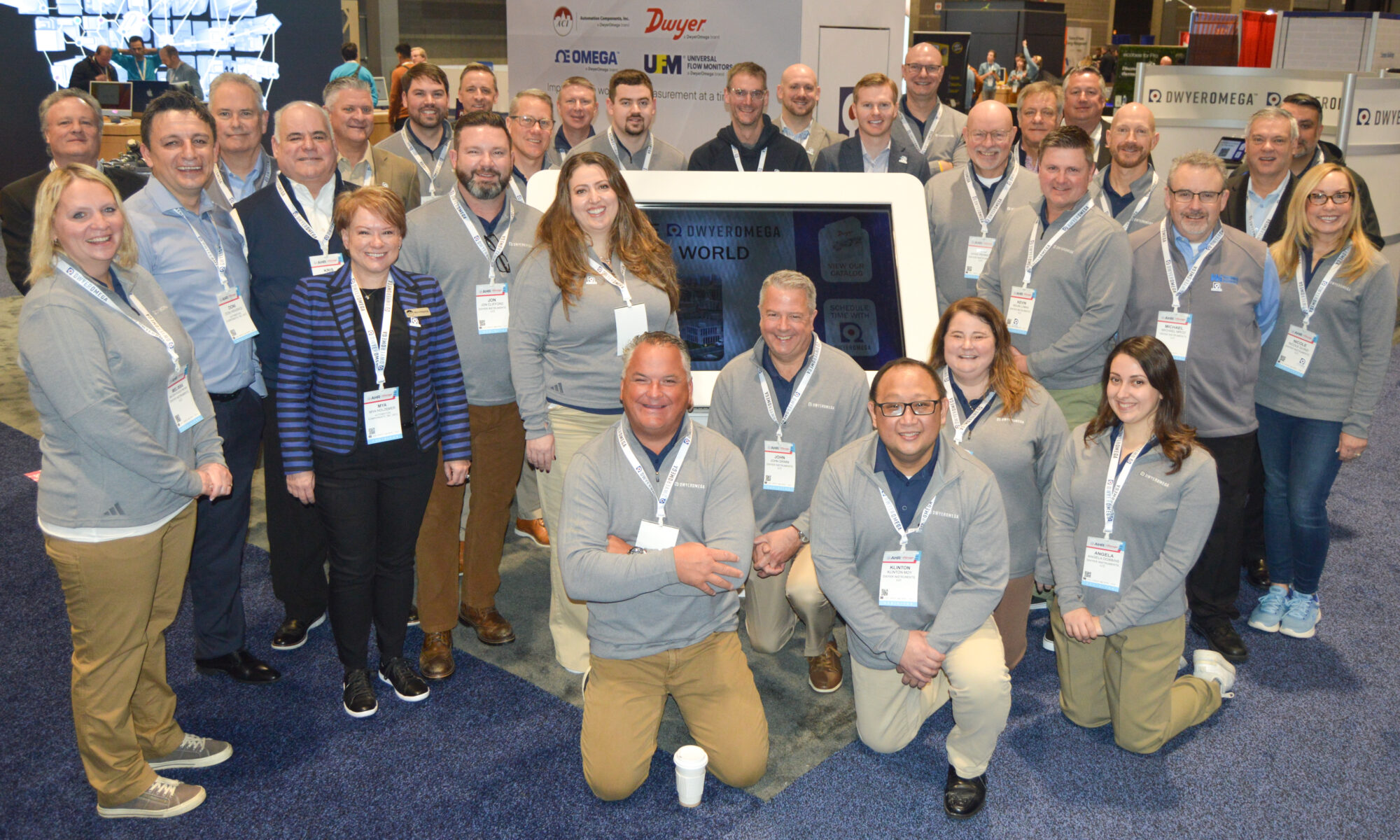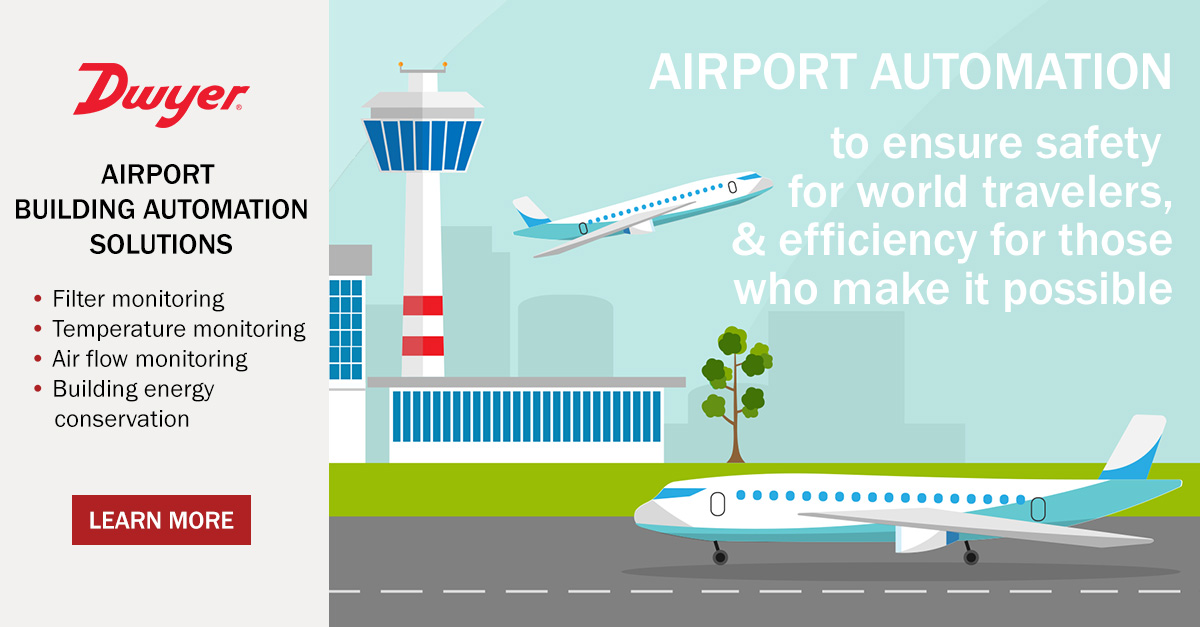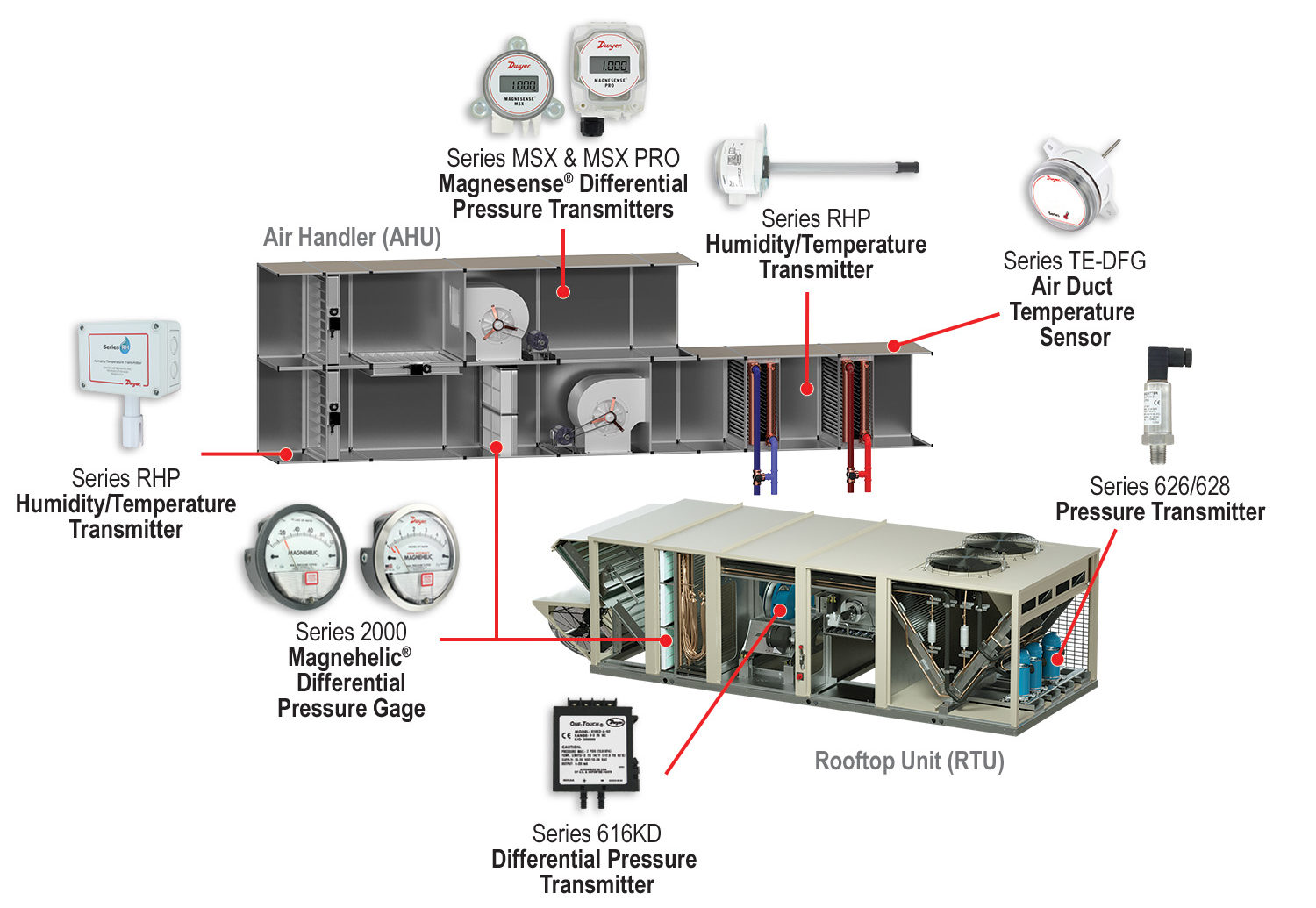 Picture this: you walk into an office building on a hot summer day. As the door closes behind you, you immediately feel the temperature change. It’s cool and refreshing, thanks to the terminal units working diligently behind the scenes. Terminal units, while often unseen and unheard, play a crucial role in maintaining a comfortable environment in various buildings, from offices to schools and hospitals. Let’s explore these components, the challenges they address, and how Dwyer’s range of products helps conquer these challenges.
Picture this: you walk into an office building on a hot summer day. As the door closes behind you, you immediately feel the temperature change. It’s cool and refreshing, thanks to the terminal units working diligently behind the scenes. Terminal units, while often unseen and unheard, play a crucial role in maintaining a comfortable environment in various buildings, from offices to schools and hospitals. Let’s explore these components, the challenges they address, and how Dwyer’s range of products helps conquer these challenges.
Continue reading “Exploring Terminal Units: Dwyer’s Solutions for Better Indoor Environments and Optimal Performance”
Reflections: AHR Expo, World of Concrete, and What’s Next!
The curtain has fallen on two fantastic tradeshows, AHR Expo and World of Concrete, and we’re still buzzing with excitement! We want to extend a heartfelt thank you to all the amazing customers, partners, and teammates who made these events unforgettable. Continue reading “Reflections: AHR Expo, World of Concrete, and What’s Next!”
Importance of Monitoring IAQ During Wildland Fire Season
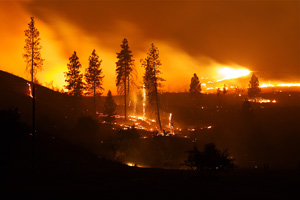 This June has seen record-breaking wildfires in Canada, with many fires still raging across the provinces and territories. The blaze, which has resulted in many individuals being forced from their homes and is expected to continue throughout the 2023 wildland fire season (canada.ca), has also brought with it thick smoke/smog for Canada’s USA neighbors. Continue reading “Importance of Monitoring IAQ During Wildland Fire Season”
This June has seen record-breaking wildfires in Canada, with many fires still raging across the provinces and territories. The blaze, which has resulted in many individuals being forced from their homes and is expected to continue throughout the 2023 wildland fire season (canada.ca), has also brought with it thick smoke/smog for Canada’s USA neighbors. Continue reading “Importance of Monitoring IAQ During Wildland Fire Season”
Airports Use Dwyer Building Automation System Products
Tapping your foot anxiously, you glance at your airline ticket and the terminal noted on it. The flight will be boarding in a few minutes. As you look around, there are several other people waiting for this flight; it seems the plane is fully booked. You close your eyes and breathe in deeply, calming your nerves. The air seems fresh, not stagnant, despite the large number of people around you. There are no empty seats in the area, so you carefully find a window to lean against as you watch the airplanes of other terminals and wait for your own.

Airports must provide a controlled environment for their visitors, while allowing scheduled maintenance within a building that is operational 24/7. Additionally, they must offer a high level of security for their passengers, all while simultaneously moving those travelers and their luggage rapidly through the building, in a finite amount of time.
Generally, airports are large complex buildings divided into numerous areas, with a number of smaller units located within them. Building automation systems (BAS) are used within airports to monitor and control sensors for things like filters, temperature, air flow, and building energy usage.
Airport automation, put simply, is needed to help ensure safety for world travelers and efficiency for those who make it possible. When an airport’s BAS is functioning properly, travelers can focus on the tasks at hand while everything runs in the background to keep them safe. Continue reading “Airports Use Dwyer Building Automation System Products”
What is an Air Handler?
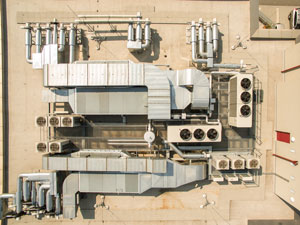 Imagine you sit down at a restaurant on the outdoor patio, and as you’re waiting to order your food, you glance at the large HVAC system on top of the building across the street. Several questions cross your mind: Why do they need such a big system? And what goes into it? Today I want to introduce one of the vital aspects of a building’s HVAC system, the air handler. Continue reading “What is an Air Handler?”
Imagine you sit down at a restaurant on the outdoor patio, and as you’re waiting to order your food, you glance at the large HVAC system on top of the building across the street. Several questions cross your mind: Why do they need such a big system? And what goes into it? Today I want to introduce one of the vital aspects of a building’s HVAC system, the air handler. Continue reading “What is an Air Handler?”


